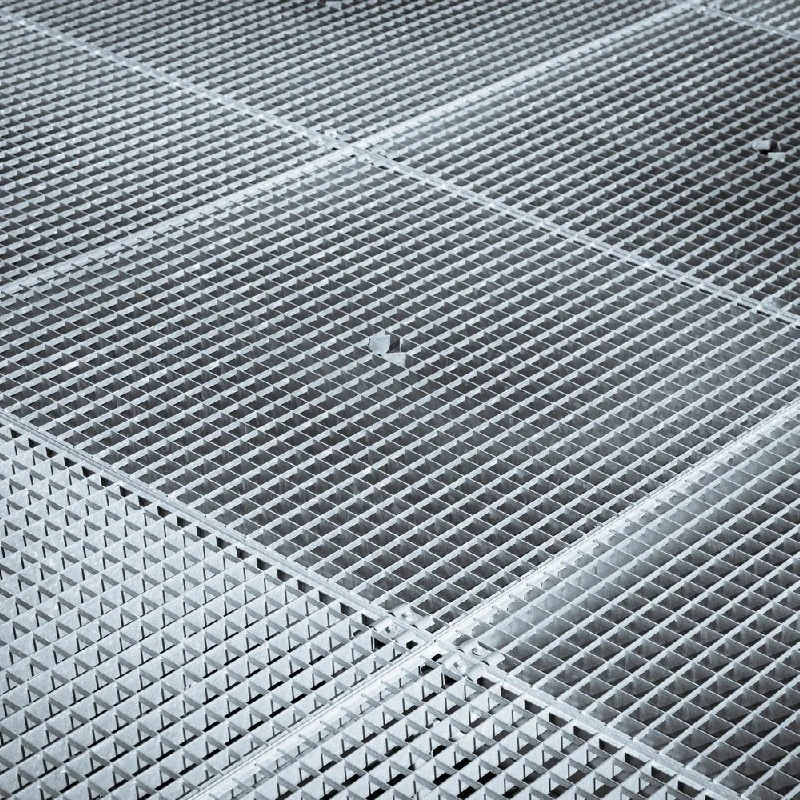- Industrial zone, South of Anping Town, Hengshui, Hebei, China.
- sales@hfpetromesh.com
- +86-18931809706
 Afrikaans
Afrikaans  Albanian
Albanian  Amharic
Amharic  Arabic
Arabic  Armenian
Armenian  Azerbaijani
Azerbaijani  Basque
Basque  Belarusian
Belarusian  Bengali
Bengali  Bosnian
Bosnian  Bulgarian
Bulgarian  Catalan
Catalan  Cebuano
Cebuano  Corsican
Corsican  Croatian
Croatian  Czech
Czech  Danish
Danish  Dutch
Dutch  English
English  Esperanto
Esperanto  Estonian
Estonian  Finnish
Finnish  French
French  Frisian
Frisian  Galician
Galician  Georgian
Georgian  German
German  Greek
Greek  Gujarati
Gujarati  Haitian Creole
Haitian Creole  hausa
hausa  hawaiian
hawaiian  Hebrew
Hebrew  Hindi
Hindi  Miao
Miao  Hungarian
Hungarian  Icelandic
Icelandic  igbo
igbo  Indonesian
Indonesian  irish
irish  Italian
Italian  Japanese
Japanese  Javanese
Javanese  Kannada
Kannada  kazakh
kazakh  Khmer
Khmer  Rwandese
Rwandese  Korean
Korean  Kurdish
Kurdish  Kyrgyz
Kyrgyz  Lao
Lao  Latin
Latin  Latvian
Latvian  Lithuanian
Lithuanian  Luxembourgish
Luxembourgish  Macedonian
Macedonian  Malgashi
Malgashi  Malay
Malay  Malayalam
Malayalam  Maltese
Maltese  Maori
Maori  Marathi
Marathi  Mongolian
Mongolian  Myanmar
Myanmar  Nepali
Nepali  Norwegian
Norwegian  Norwegian
Norwegian  Occitan
Occitan  Pashto
Pashto  Persian
Persian  Polish
Polish  Portuguese
Portuguese  Punjabi
Punjabi  Romanian
Romanian  Russian
Russian  Samoan
Samoan  Scottish Gaelic
Scottish Gaelic  Serbian
Serbian  Sesotho
Sesotho  Shona
Shona  Sindhi
Sindhi  Sinhala
Sinhala  Slovak
Slovak  Slovenian
Slovenian  Somali
Somali  Spanish
Spanish  Sundanese
Sundanese  Swahili
Swahili  Swedish
Swedish  Tagalog
Tagalog  Tajik
Tajik  Tamil
Tamil  Tatar
Tatar  Telugu
Telugu  Thai
Thai  Turkish
Turkish  Turkmen
Turkmen  Ukrainian
Ukrainian  Urdu
Urdu  Uighur
Uighur  Uzbek
Uzbek  Vietnamese
Vietnamese  Welsh
Welsh  Bantu
Bantu  Yiddish
Yiddish  Yoruba
Yoruba  Zulu
Zulu
- Afrikaans
- Albanian
- Amharic
- Arabic
- Armenian
- Azerbaijani
- Basque
- Belarusian
- Bengali
- Bosnian
- Bulgarian
- Catalan
- Cebuano
- Corsican
- Croatian
- Czech
- Danish
- Dutch
- English
- Esperanto
- Estonian
- Finnish
- French
- Frisian
- Galician
- Georgian
- German
- Greek
- Gujarati
- Haitian Creole
- hausa
- hawaiian
- Hebrew
- Hindi
- Miao
- Hungarian
- Icelandic
- igbo
- Indonesian
- irish
- Italian
- Japanese
- Javanese
- Kannada
- kazakh
- Khmer
- Rwandese
- Korean
- Kurdish
- Kyrgyz
- Lao
- Latin
- Latvian
- Lithuanian
- Luxembourgish
- Macedonian
- Malgashi
- Malay
- Malayalam
- Maltese
- Maori
- Marathi
- Mongolian
- Myanmar
- Nepali
- Norwegian
- Norwegian
- Occitan
- Pashto
- Persian
- Polish
- Portuguese
- Punjabi
- Romanian
- Russian
- Samoan
- Scottish Gaelic
- Serbian
- Sesotho
- Shona
- Sindhi
- Sinhala
- Slovak
- Slovenian
- Somali
- Spanish
- Sundanese
- Swahili
- Swedish
- Tagalog
- Tajik
- Tamil
- Tatar
- Telugu
- Thai
- Turkish
- Turkmen
- Ukrainian
- Urdu
- Uighur
- Uzbek
- Vietnamese
- Welsh
- Bantu
- Yiddish
- Yoruba
- Zulu
Producing Microstructures with 1% Bar Grating Technology for Enhanced Performance and Precision
Understanding 1% Bar Grating A Comprehensive Overview
Bar grating, particularly the type characterized by a 1% open area, is a highly versatile material used across various industries. With its unique design and functional properties, it has become an essential component in construction, manufacturing, and even art applications. This article examines the characteristics, applications, and benefits of 1% bar grating.
What is Bar Grating?
Bar grating is a framework of interconnected bars that provide support and drainage in a variety of settings. The term 1% bar grating refers to a specific configuration where 1% of the material consists of openings, allowing for airflow or liquid passage while maintaining structural integrity. This low percentage of open area suggests that the grating is predominantly solid, capable of bearing significant loads and offering safety for foot traffic and equipment.
Key Characteristics
One of the defining features of 1% bar grating is its sturdiness. Constructed from materials such as steel, aluminum, or fiberglass, it can withstand heavy loads, making it suitable for many applications. The design also offers high resistance to corrosion, particularly when made from treated or galvanized metals. Furthermore, its low open area minimizes the risk of accidental slips or falls, making it an excellent choice for pedestrian walkways and industrial platforms.
1 bar grating

Applications in Various Industries
1% bar grating finds its utility in several sectors. In construction, it is commonly used for walkways, platforms, and stair treads due to its strength and slip-resistant properties. In manufacturing, it serves as a durable flooring option in factories and warehouses where heavy machinery operates. Additionally, it is often utilized in drainage systems, allowing for effective water flow without compromising the surface structure.
In the realm of art and design, some artists incorporate bar grating into sculptures and installations, taking advantage of its minimalist aesthetic and structural possibilities. The interplay of light and shadow created by the grid structure can enhance the visual appeal of various artworks.
Benefits of 1% Bar Grating
The primary benefits of using 1% bar grating include its durability, safety, and low maintenance requirements. Its robust structure means fewer replacements or repairs are needed over time, ultimately providing cost savings. Safety is also a significant factor; the design minimizes tripping hazards while ensuring that sufficient airflow and drainage can occur where necessary.
In conclusion, 1% bar grating is a functional, durable solution across multiple applications, offering significant advantages in safety and longevity. As industries continue to evolve, the demand for versatile materials like bar grating will only increase, cementing its role in modern infrastructure and design. Whether you are an architect, engineer, or DIY enthusiast, understanding the properties and applications of 1% bar grating can enhance your projects and designs.
-
Welded Steel Bar Grating: The Rugged Industrial Flooring Solution Built for Load and LongevityNewsJun.24,2025
-
Steel Walkway Grating: Reliable, Resilient, and Built for Every StepNewsJun.24,2025
-
Shale Shaker Screen for Sale: Optimize Drilling Efficiency with Precision Screening PowerNewsJun.24,2025
-
Shaker Screen for Sale: Elevate Your Drilling Efficiency with Durable Separation SolutionsNewsJun.24,2025
-
Press Locked Steel Grating: Industrial Strength with Precision Fit for Heavy-Duty ApplicationsNewsJun.24,2025
-
Perimeter Safety Netting: The Critical Safety Upgrade for Every HelipadNewsJun.24,2025